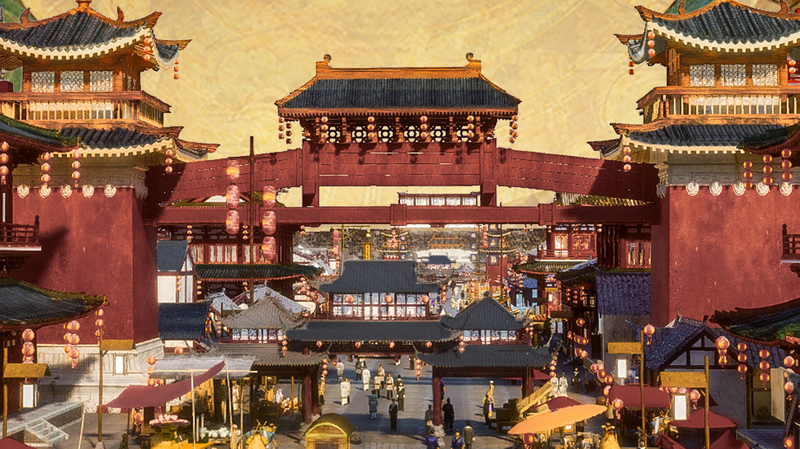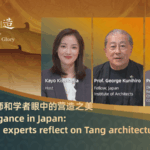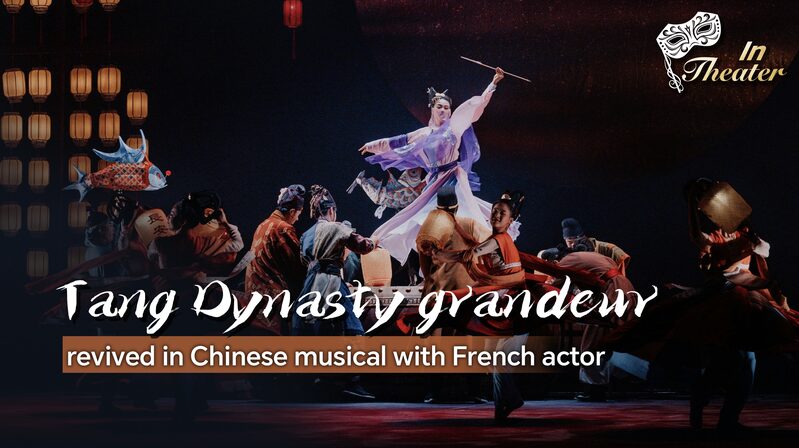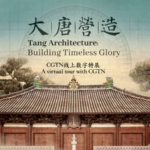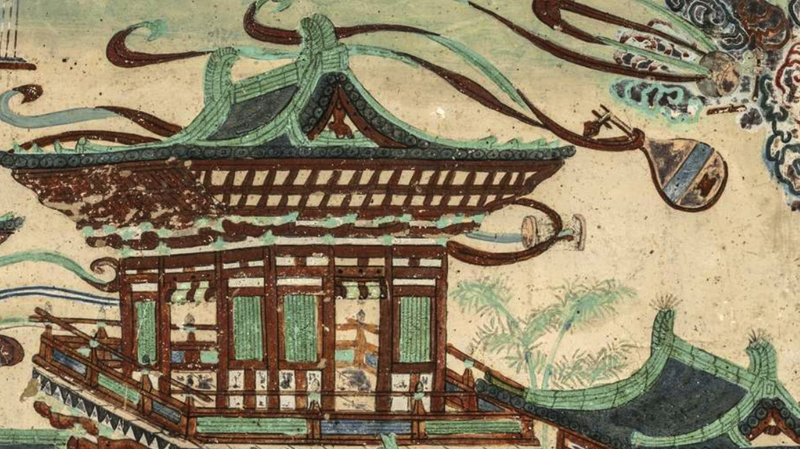Imagine a city where silk-clad merchants mingled with scholars, poets scribbled verses in bustling tea houses, and ambassadors from Persia to Japan exchanged ideas under moonlit pagodas 🏯. Welcome to Chang’an—modern-day Xi’an—the thriving heart of China’s Tang Dynasty (618–907 CE) and the world’s first truly global metropolis.
With over a million residents at its peak, Chang’an wasn’t just big—it was *iconic*. Its grid-like street plan, inspired by cosmic harmony principles, became the blueprint for cities like Kyoto and Seoul. The city’s East and West Markets buzzed with spices from India, jade from Central Asia, and ceramics bound for the Silk Road 🐪.
But Chang’an wasn’t all business. It birthed cultural legends like Li Bai’s poetry and hosted Buddhist monks translating sacred texts. The city’s cosmopolitan vibe even included Zoroastrian temples and Uygur musicians jamming in taverns—a multicultural hub centuries before it was cool 🌍.
Today, history buffs can stroll Xi’an’s ancient walls or marvel at the Wild Goose Pagoda. For young travelers and digital nomads, it’s proof that innovation and cultural exchange aren’t modern inventions—they’re as timeless as Tang mooncakes 🥮✨.
Reference(s):
cgtn.com
